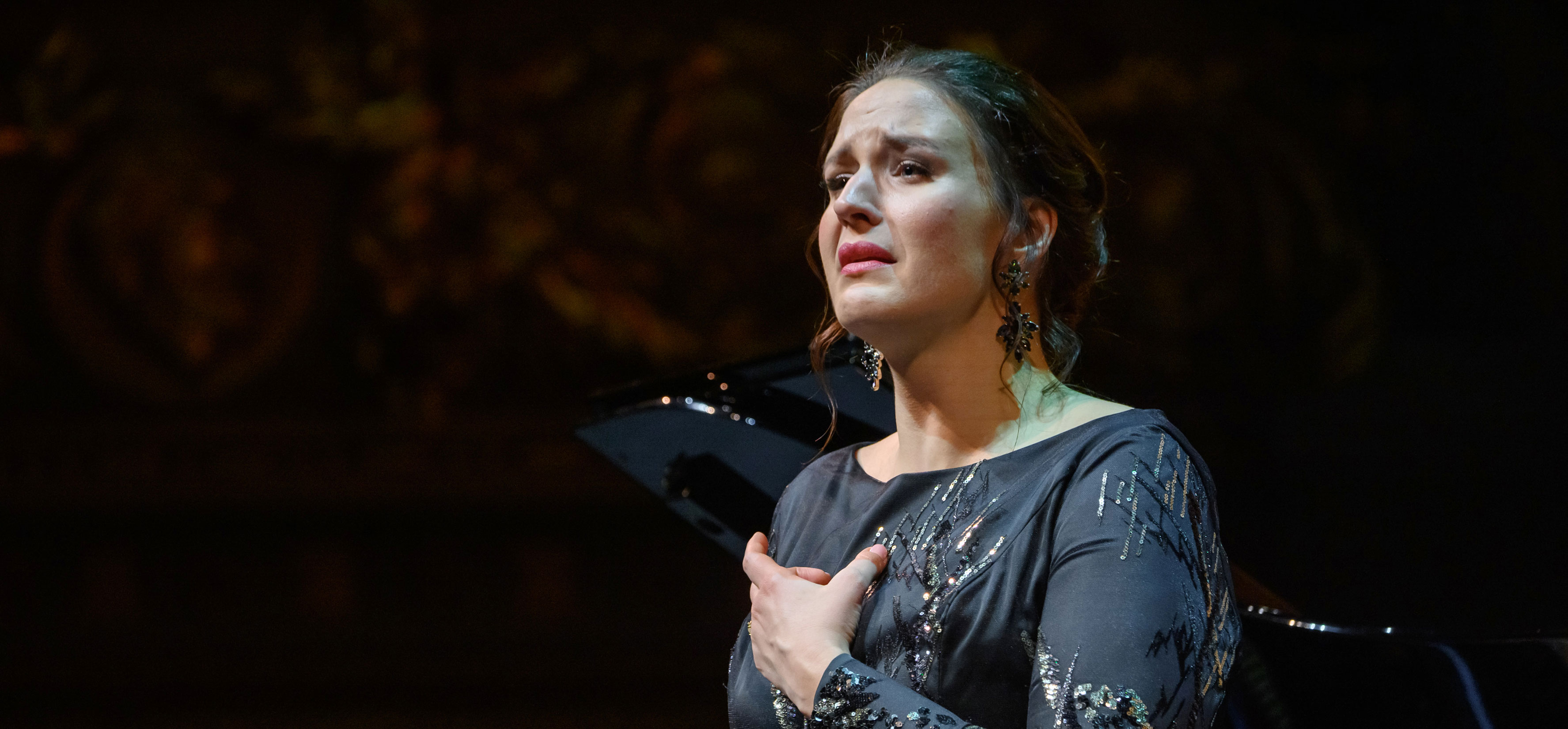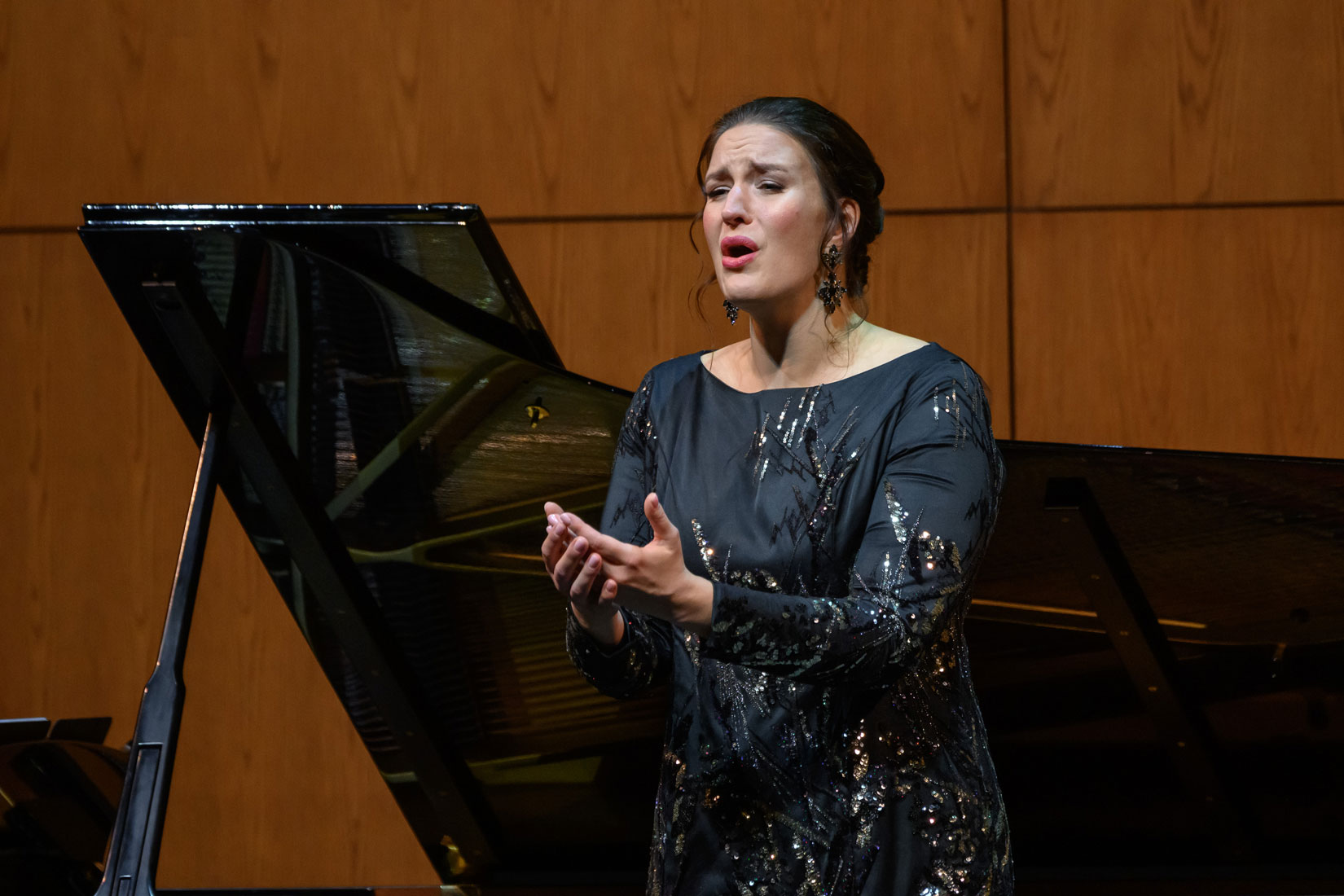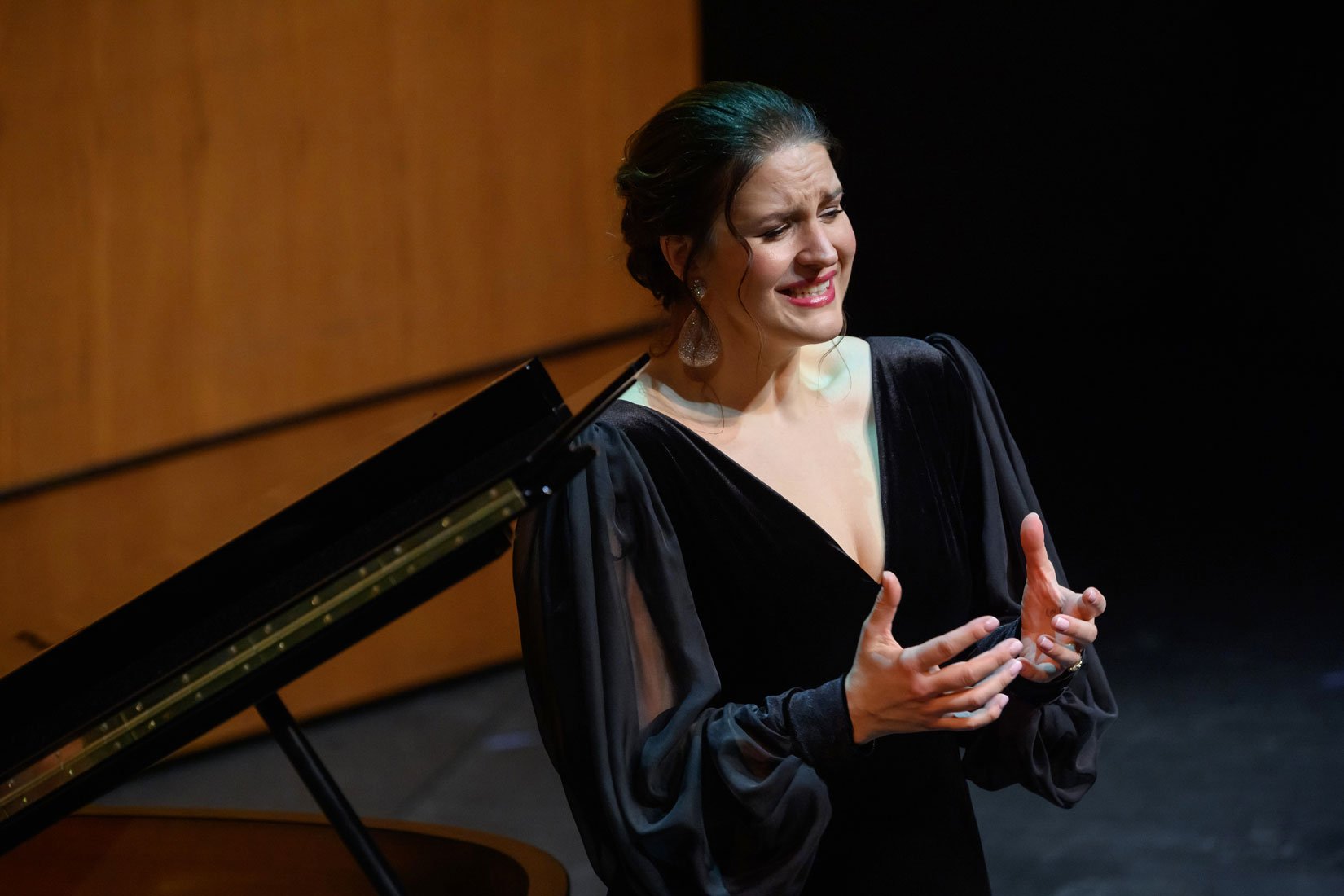
Lise Davidsen returns to the Liceu to offer a unique Wagnerian concert on June 27th featuring the first act of 'Die Walküre'. The acclaimed soprano will be accompanied by Gábor Bretz, Clay Hilley, and the Liceu Symphony Orchestra, conducted by maestro Josep Pons, an expert in the Germanic repertoire.
The Gran Teatre del Liceu hosts on June 27th a unique Wagnerian concert featuring the first act of Die Walküre. Lise Davidsen, hailed as the greatest Sieglinde or Elisabeth of our time, represents the hope of a specific and demanding vocal world. While the world awaits her debut as Brünnhilde or Isolde, we will enjoy her portrayal of this character. Alongside her, Bretz will be the jealous guardian of the household and Sieglinde herself. Clay Hilley, in this evening's performance, Siegmund, stands as the foremost heldentenor of the present day, a prized asset sought after for all major tetralogies in the years to come.

About Die Walküre
Die Walküre is the second opera in the cycle of four operas by Richard Wagner known as The Ring of the Nibelung (Der Ring des Nibelungen). The opera centers on the story of Siegmund and Sieglinde, twin siblings who are the children of the god Wotan, and Brünnhilde, one of Wotan's Valkyries.
The story begins with Siegmund, who arrives at Hunding's house seeking refuge. Sieglinde, Hunding's wife, recognizes a special connection with Siegmund. Hunding arrives and, upon discovering that Siegmund is an enemy, challenges him to a duel the next day. Sieglinde drugs Hunding and reveals to Siegmund a magic sword, Notung, that Wotan had left for him. Siegmund and Sieglinde fall in love and flee together.
The music of the first act of Richard Wagner's Die Walküre is a masterpiece of German romantic opera, recognized for its emotional depth, orchestral complexity, and dramatic innovation. This opera is known for its ability to fuse music and drama into a cohesive whole that completely immerses the audience in the narrative and emotions of the characters.

Wagner extensively uses the concept of the leitmotif, small musical themes associated with characters, objects, emotions, or specific ideas. These motifs are repeated and transformed throughout the opera, creating a musical network that subtly but powerfully connects the events and characters. Wagner's orchestration in the first act is rich and detailed, with great attention to texture and instrumental timbres. The use of the orchestra is complex, often with multiple sound layers interacting to create unique atmospheres. Brass instruments, especially horns and trumpets, are prominent, giving a heroic and dramatic character to many passages. String instruments provide emotional warmth, while woodwind instruments are often used for more intimate or mysterious moments. Wagner makes the music a dramatic vehicle as much as the sung text.
In the first act, there are several musical highlights that illustrate Wagner's mastery. Siegmund's entrance into Hunding's house is accompanied by tense and dark music, reflecting the danger he feels. The meeting between Siegmund and Sieglinde is marked by music full of emotional intensity and mystery as the two characters discover their connection. When Siegmund discovers the sword Notung, the music reflects the hope and power of this magical object.
With the support of:


